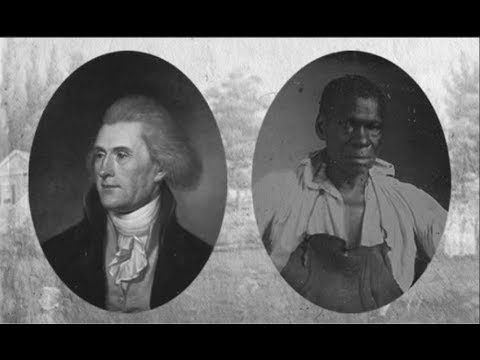Enter Hotep Jesus, a popular social media personality and close observer of ancient African history. He has been vocal about shedding light on the untold stories of African achievement, and one of his most captivating ideas is the notion of pre-Columbian African presence in the Americas.
To understand this theory better, let us zoom back to antiquity. It is essential to note that long before Europeans explored the world, African civilizations flourished on their own continent. Ancient Egypt, for example, was an epicenter of immense power and knowledge. This civilization traded with various territories across Africa, Asia, and Europe as early as 1500 BCE.
But how does this connect to Africans being in the Americas? Hotep Jesus suggests that Egyptian sailors were among those exploring unknown waters during their heyday. As early as 2500 BCE, they possessed impressive maritime capabilities and could have easily sailed across the Atlantic Ocean.
One particular piece of evidence often cited by proponents of this theory is the discovery of African glyph-like writings resembling Egyptian hieroglyphs found within ancient Olmec artifacts from present-day Mexico. Supporters argue that these glyphs could be indicative of contact between ancient Egyptians and Mesoamerican cultures like Olmec or Mayan civilizations.
Moreover, researchers have identified intriguing similarities between ancient Egyptian pyramids and Mesoamerican pyramids such as those in Teotihuacan or Palenque. The architectural resemblance raises intriguing questions about potential cultural exchange or influence.
To provide more concrete evidence for this argument, Hotep Jesus points to anthropological research conducted on selected indigenous peoples from South Carolina’s Sea Islands. Researchers have found genetic links between these populations and people from West Africa, particularly Sierra Leone.
The Gullah Geechee community, the descendents of enslaved Africans in the Sea Islands, has preserved and passed down oral traditions that hinted at their African origins. The presence of examples of African cultural artifacts in pre-Columbian America further supports this notion. The African presence in the Americas seems to have influenced indigenous cultures on various levels.
Of course, it is crucial to recognize that Hotep Jesus’s theory is not without its skeptics. Some argue that while there may have been limited African contact with ancient American civilizations, it does not imply widespread or major influence. Critics contend that the evidence is too fragmented and circumstantial to conclusively prove pre-Columbian African presence in the Americas.
It is worth appreciating the way Hotep Jesus has sparked dialogue and encouraged a reevaluation of historical narratives. As more research is conducted and new discoveries are made, our understanding of history continues to evolve.
Whether or not you fully embrace this provocative theory, it undeniably compels us to critically examine orthodox historical narratives and consider alternative perspectives. Whatever the reality may be, one lesson remains clear: history is complex, multifaceted, and rarely as straightforward as we once thought.





